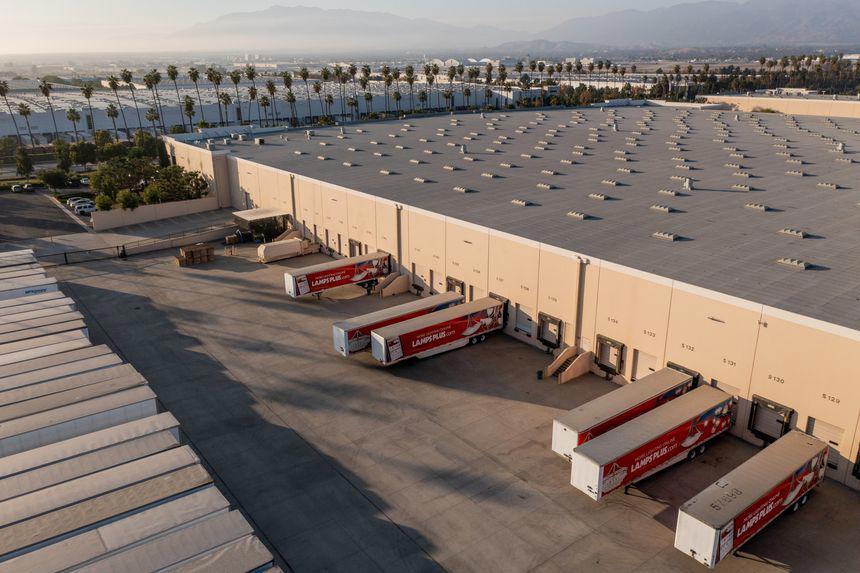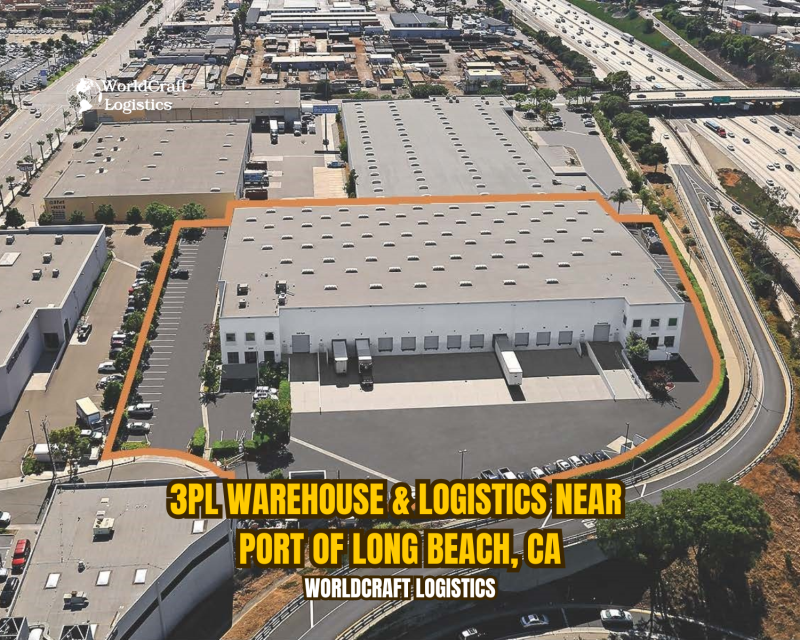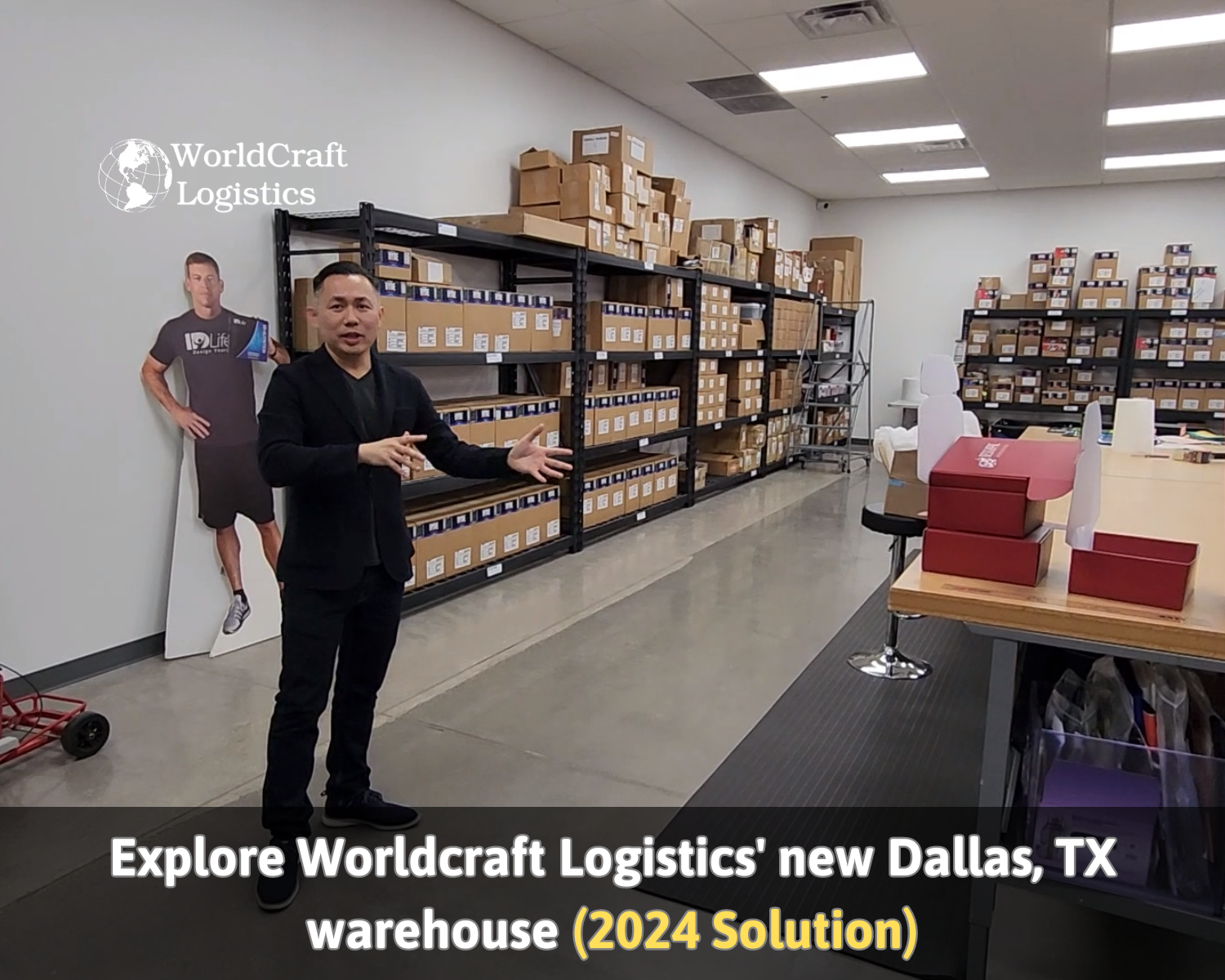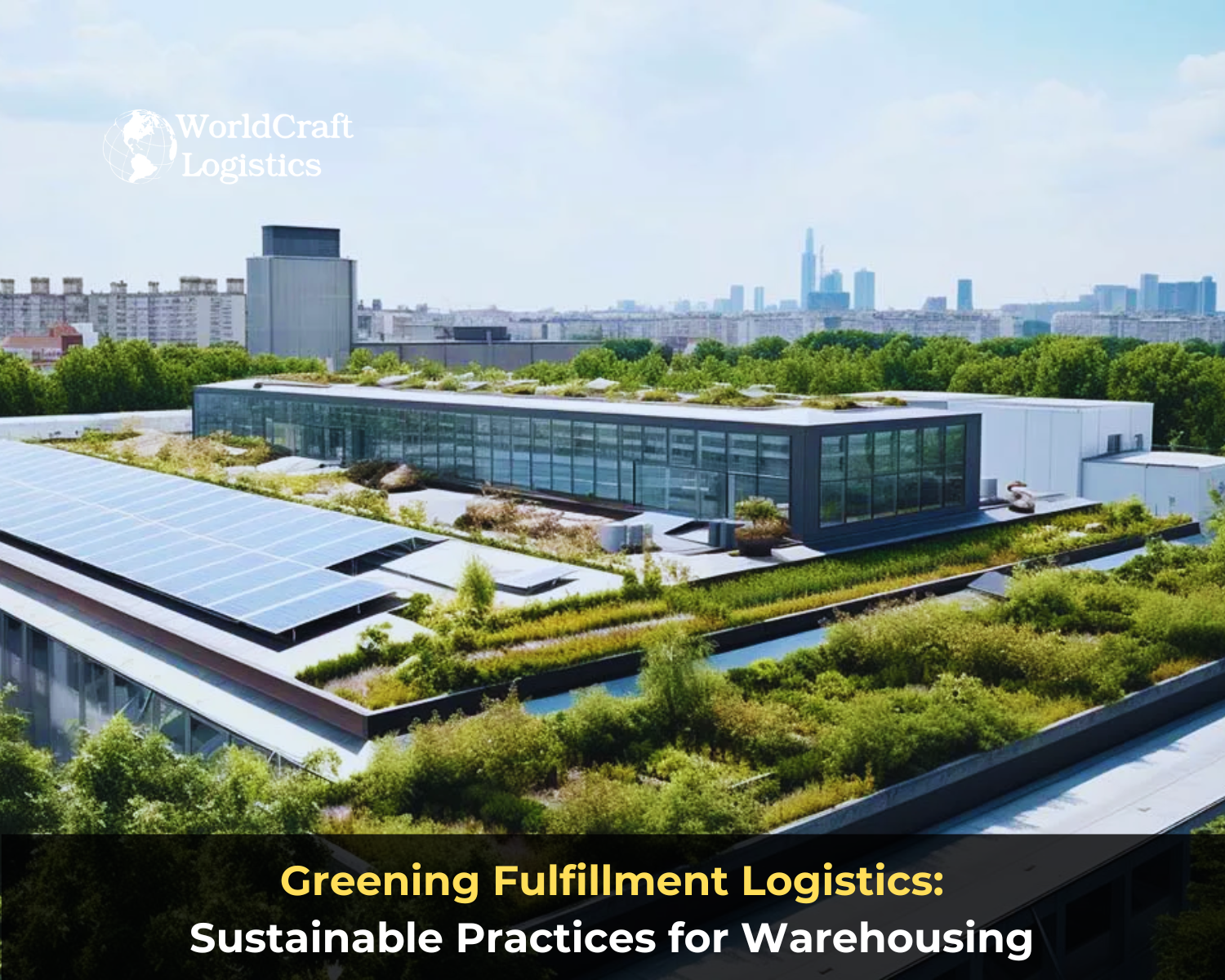
Starting June 1st, 2023 Our warehouse fee will be $0.65/cubic foot per month
In effort to lower the warehouse storage fee during inflation, we have went narrow aisle racking.This construction took us four months but the project is finally completed. With narrow aisle racking, we are able to drop storage by 24%.We as partners will go through this inflation together.
02/20/2023
Big retailers and manufacturers are taking over industrial real estate, pushing out small businesses struggling to secure warehouse space.
The surge in excess inventory is driving up storage costs, making it tough for smaller firms to compete.
A warehouse in Redlands, Calif., part of the Inland Empire region where the vacancy rate for industrial space is below 1%.
Small businesses in the US are struggling to secure warehouse space as larger retailers and manufacturers continue to acquire more storage capacity. This comes as excess inventories fill up industrial real estate across the country.
According to logistics and real estate specialists, big retailers are driving up the costs of storage space by demanding extra room to store excess inventories. This has left smaller companies with fewer options and in some cases, they have been driven out of their spaces.
Karen Galena, president of First Logistics, which has four warehouses in the Chicago area, said that larger customers are willing to pay higher prices for increasingly scarce storage space, making it tough for the small guy. She noted that labor and other costs are rising for warehouse operators, and smaller firms that can't cover their costs may have to look for new spaces. She's received calls daily from smaller companies being displaced from larger warehouses.
Container-ship backlogs from New York to Houston are extending strains on troubled supply chains in the U.S.
Andy Moses, senior vice president of sales and solutions at Penske Logistics, said warehouse operators are also focusing on retaining customers with a high turnover of goods because handling fees bring in higher revenues. He added that it puts pressure on warehouse operators to take a hard look at their customer base and navigate in a way that serves the biggest, most important, and most loyal customers.
This issue is similar to the difficulties that small businesses faced earlier in the Covid-19 pandemic when they struggled to secure room on container ships. Ocean carriers drove up rates and bumped smaller shippers to make way for larger clients.
Cushman & Wakefield, a commercial real estate services firm, reported that the nationwide vacancy rate for industrial real estate was 3.2% in the third quarter, down from 3.8% during the same quarter the previous year. However, the vacancy rate was over 5% in the third quarter of 2020.
The hottest logistics markets are experiencing tight supply, including those near major ports such as Los Angeles and Long Beach, New York and New Jersey, and Savannah, Ga. In the distribution-heavy Inland Empire region of Southern California, the vacancy rate was 0.7% in the third quarter, according to Cushman & Wakefield.
The tight supply has pushed rental rates across the country to an average of about $8.70 a square foot in the most recent quarter, compared with $7.13 a square foot in last year's third quarter, according to Cushman & Wakefield.
Some retailers are storing patio furniture and other goods that were caught in supply-chain congestion and arrived too late for this year’s selling season. Others, such as Nike Inc., Walmart Inc., and Target Corp., were caught off guard by a shift in pandemic-era consumer-buying patterns and are holding stockpiles of merchandise that they are trying to clear out ahead of the holidays.
Some retailers are even holding goods in shipping containers and on railcars outside their warehouses and stores because of the tight space in distribution centers. John Morris, president of industrial and logistics for the Americas at CBRE Group Inc., said some companies are generating revenue from unconventional storage space. For example, if a client has a site with a rail siding and isn't using it, tenants can lease out that rail siding by having cars on it that are holding excess inventory.
Developer

Warehouse
12/30/2024

Warehouse
06/16/2024

Warehouse
03/03/2024

Warehouse
08/25/2024

Warehouse
02/20/2023